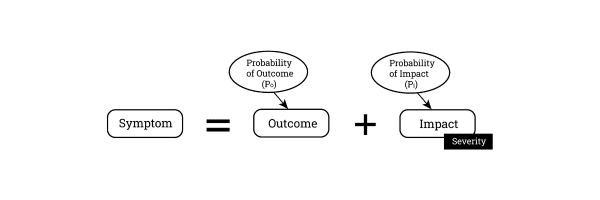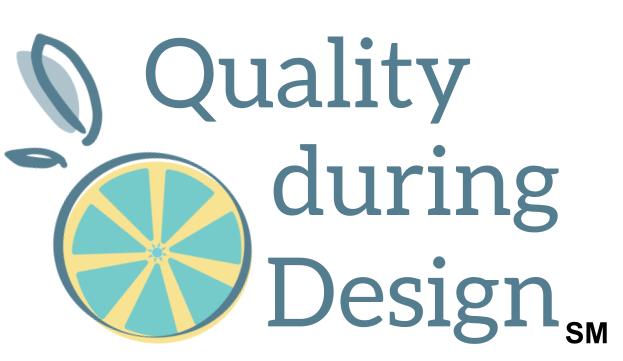Simplifying Probabilities for Better Decision Making
Ever find yourself stuck trying to gauge the likelihood of an event?
What if you could transform your approach to probability assignments with just one simple trick?
On this episode of Quality During Design, we talk about simplifying probabilities for better decision making. We uncover a method to assign probabilities and occurrence ratings during preliminary assessments.
We share a technique that involves breaking down an event into smaller, more manageable parts, helping you understand and analyze it better. This method makes it easier to assign likelihoods because it provides better understanding of the event, clearer context, and consideration of what may drive things to happen.
Then, we relate these parts to conditional probabilities. We offer example explanations and practical applications to help you grasp conditional probabilities.
Plus, for those looking for additional resources, we have a cheat sheet that can further simplify these concepts for you. Not a subscriber yet? Visit qualityduringdesign.com to sign up and start receiving valuable insights directly in your inbox.
Join us to learn how these techniques can simplify probabilities, improve your assessments, and boost your team's decision-making.
Example for breaking down a 'bad' event:

Po = Probability that the outcome has occurred.
Pi = Probability that the impact has occurred given the outcome has occurred.
Other podcast episodes you may like:
Harnessing Team Insights for Risk Analysis using Probabilities

